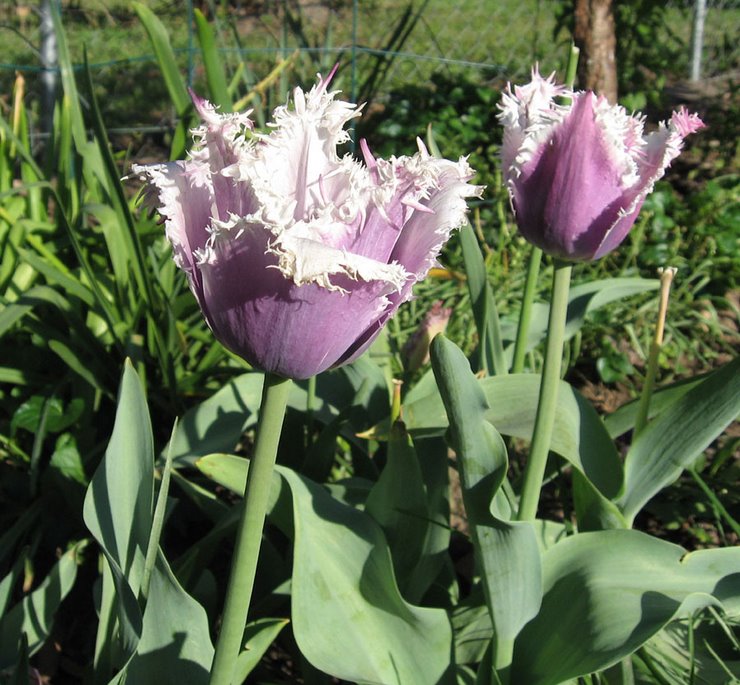 |
| Rose of Sharon blossoms |
Deciduous shrub, zones 5-9
Full sun-partial shade, 10-12' tall
As I have been watching for the hummingbird moths this week, I have most often found them visiting my rose of Sharon bushes, which at this time of year, are simply covered in flowers.
Rose of Sharon is a common name for the hibiscus syriacus, a flowering shrub originally from east Asia, and are a popular old-fashioned plant. They are also known as althea, or Chinese hibiscus.
They are a hardy plant, easy to grow, and resistant to drought once established. They do best when planted in a sunny spot in well-drained soil. They are slow to leaf out in the spring, and to bloom in the summer, but when they bloom, they are simply covered in flowers. The blossoms may be white, pink, lavender, red or soft blue in color, and may be single, double or ruffled. They tend to attract butterflies and hummingbirds.
Flowers are produced on new wood, so prune the rose of Sharon in late winter/early spring so that you don't stop it from blooming for the year. Around here, they bloom in late July through September.
Apply a layer of compost under the tree each spring, spreading it out to the dripline (the area under the outer branches). Add a two inch layer of mulch to retain moisture and control weeds. It can also help to control the many volunteer seedlings that rose of Sharon tend to start from all of those flowers. Using a pre-emergent herbicide like corn gluten will help prevent volunteers, or you could deadhead flowers as they fade. You could also move volunteer seedlings, and start new plants where you do want them.
Since the rose of Sharon is deciduous, it offers a privacy hedge only part of the year. If you do plan to plant them as a hedge, plant them 6-8 feet apart, so that they can grow together without crowding.
It is naturally a multi-stemmed shrub, but can be trained by pruning to have just one main trunk.
- - - - - - - - - - - - - - - - - - - - - - - - - - - - - - - - - - - - - - - - - - - - - - - - - - - - - - - - - - - - -
At the top of posts about plants, you will notice the "allergy index scale" rating for each plant I discuss. The Ogren Plant Allergy Scale rates the allergy potential of a plant, but of course does not indicate whether you or anyone else actually is allergic to it. In this scale, 1 is the best rating, with the least potential to cause allergic reactions; and 10 is the worst rating, with the most potential to cause allergic reactions. The rose of Sharon is rated 4. Though they have exposed pollen, they are pollinated by insects, and do not tend to cause allergy.

1 comment:
Can you tell me the variety of Rose of Sharon you have pictured in this blog? Thank you.
Post a Comment